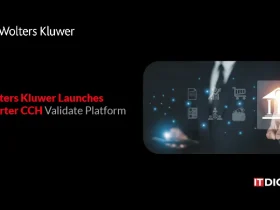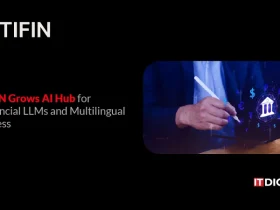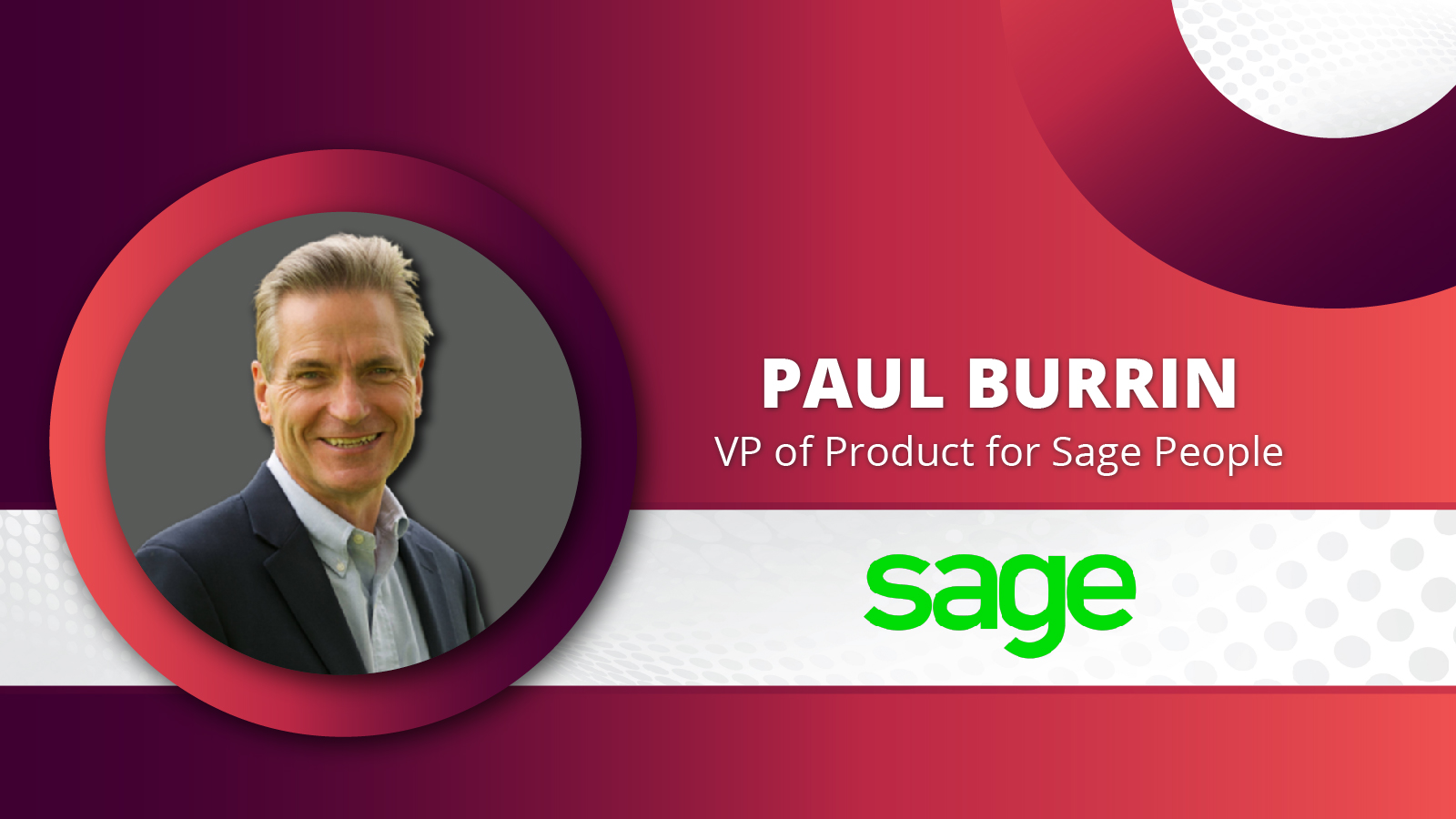“Simply posting and advertising may no longer suffice in today’s competitive hiring market, and the “great resignation” is not necessarily resulting in more talent being available for work,” says Paul Burrin, VP of Product for Sage People, Sage in an exclusive interview with itdigest.
ITDigest: What challenges do today’s HR teams encounter to monitor, and engage, with their distributed and remote workforce?
Paul Burrin: Managing a remote or hybrid workforce presents new challenges – and after over 18 months of remote working, since COVID hit, it’s still a work in progress for many organizations. A productive and engaged remote workforce requires clear, tailored, and authentic communication from the company. There is a need to provide feedback that is listened to, understood, and acted on quickly by empathetic leadership — so (pulse) surveys and related techniques are essential. People are still working for extended periods on-line, and many are still not back in their physical place of work. Not surprisingly, stress, burnout, and mental health are still major issues, so effective wellness and wellbeing strategies are required. Clear expectations regarding goals, outcomes, and performance must continue to be set and managed to ensure that the workforce is meeting customer and business needs.
As companies re-open physical workplaces, distributed or remote workers may need to attend meetings in person which raises questions regarding health and safety, vaccine policy, vaccine tracking and management, social distancing, and managing compliance to rapidly changing public directives. It is also critical that remote workers feel that they are included and treated equally with their colleagues who can attend in-person events so that retention of remote or distributed talent does not become an issue. Inevitably, some degree of experimentation and testing of policies will be inevitable, and organizations must remain flexible and resilient to ongoing uncertainty.
ITDigest: What would you suggest enterprises should do to automate key HR tasks and workflows?
Paul Burrin: Cloud HR systems automate vital workflows freeing up time for more strategic initiatives. However, a configurable and extensible system enables organizations to tailor workflows to meet their specific business needs, so the system supports their ways of working, rather than the organization having to change the way they work to accommodate the system.
New ways of working are now inevitable as companies continue to work through the pandemic and embrace the opportunity to find alternative and better ways of doing things. Furthermore, a plethora of new requirements are emerging, such as office re-opening, vaccine management, hybrid working, wellbeing, diversity, equity and inclusion, and the need to test, learn, and fail fast. This will require additional data, new processes and workflows, reporting, and dashboards, with actionable insights being made available to management to make informed decisions regarding new and rapidly evolving operating environments.
ITDigest: With enterprises facing talent shortages more than ever, how can they recruit an ideal candidate while saving their time and resources?
Paul Burrin: Finding new talent with the desired skills and experience is becoming more difficult. Many organizations are being forced to look internally for employees with the right skills, aptitude, or desire to learn, and hire from within (the so-called internal marketplace). This may not be possible for all; especially smaller companies, so leveraging networks and using professional recruiters to hunt for talent may be required.
Simply posting and advertising may no longer suffice in today’s competitive hiring market, and the “great resignation” is not necessarily resulting in more talent being available for work. Having found potential candidates, time to hire is one of the biggest issues facing recruiters, so smart organizations have learned how to streamline the hiring process, reduce the rounds of interviews and keep candidates informed and engaged through timely feedback to create positive experiences.
ITDigest: What trends do you think will emerge in the HR and people management solutions space in the coming years?
Paul Burrin: Accelerated digital transformation has already resulted in the widespread use of collaboration tools and these are becoming the new desktop interface, so many applications are starting to integrate with applications such as Teams, Slack, Zoom, and similar products, supporting the flow of work. Automation is becoming smarter as AI and machine learning becomes integral to solutions and there are increasing numbers of use cases and applications leveraging these technologies. The Internet of Things is perhaps less talked about but is actually becoming more pervasive as we all interact with devices using voice or biometrics without even thinking about it – expect these capabilities to become more integral to solutions in the work environment. We should also expect many existing HR processes to be streamlined and completely reimagined as new technologies are more fully leveraged, and solutions become self-learning.



































Leave a Reply